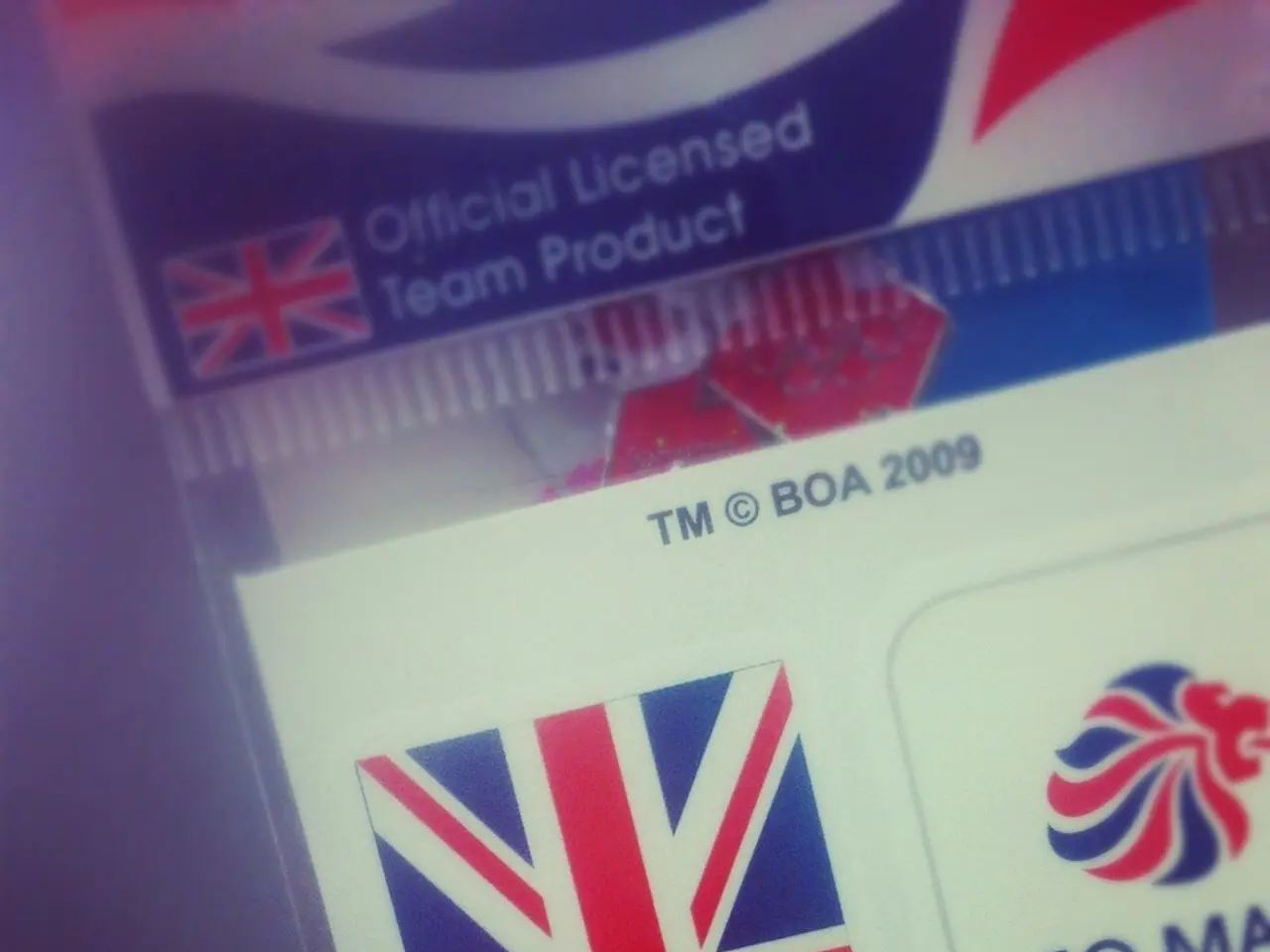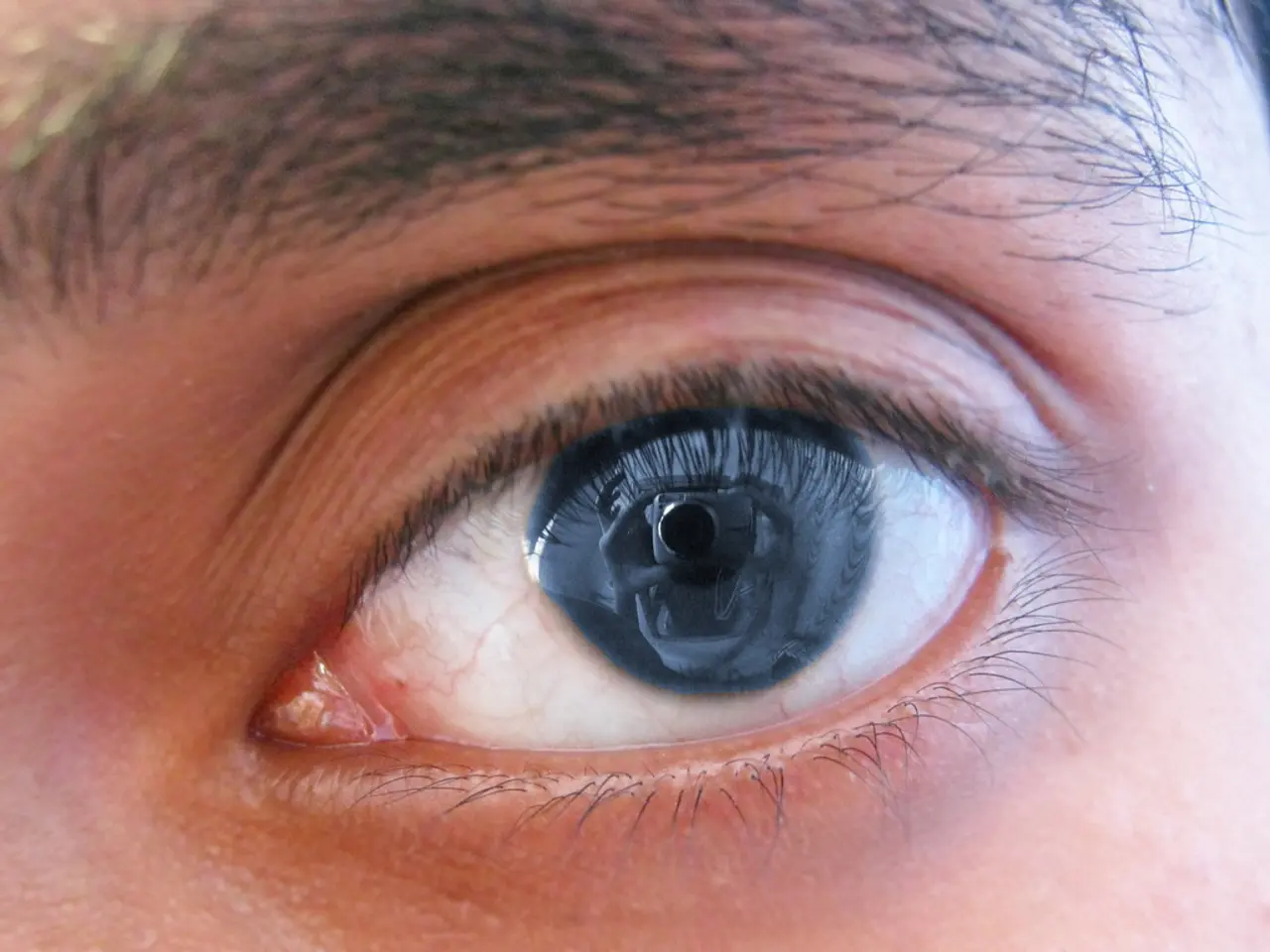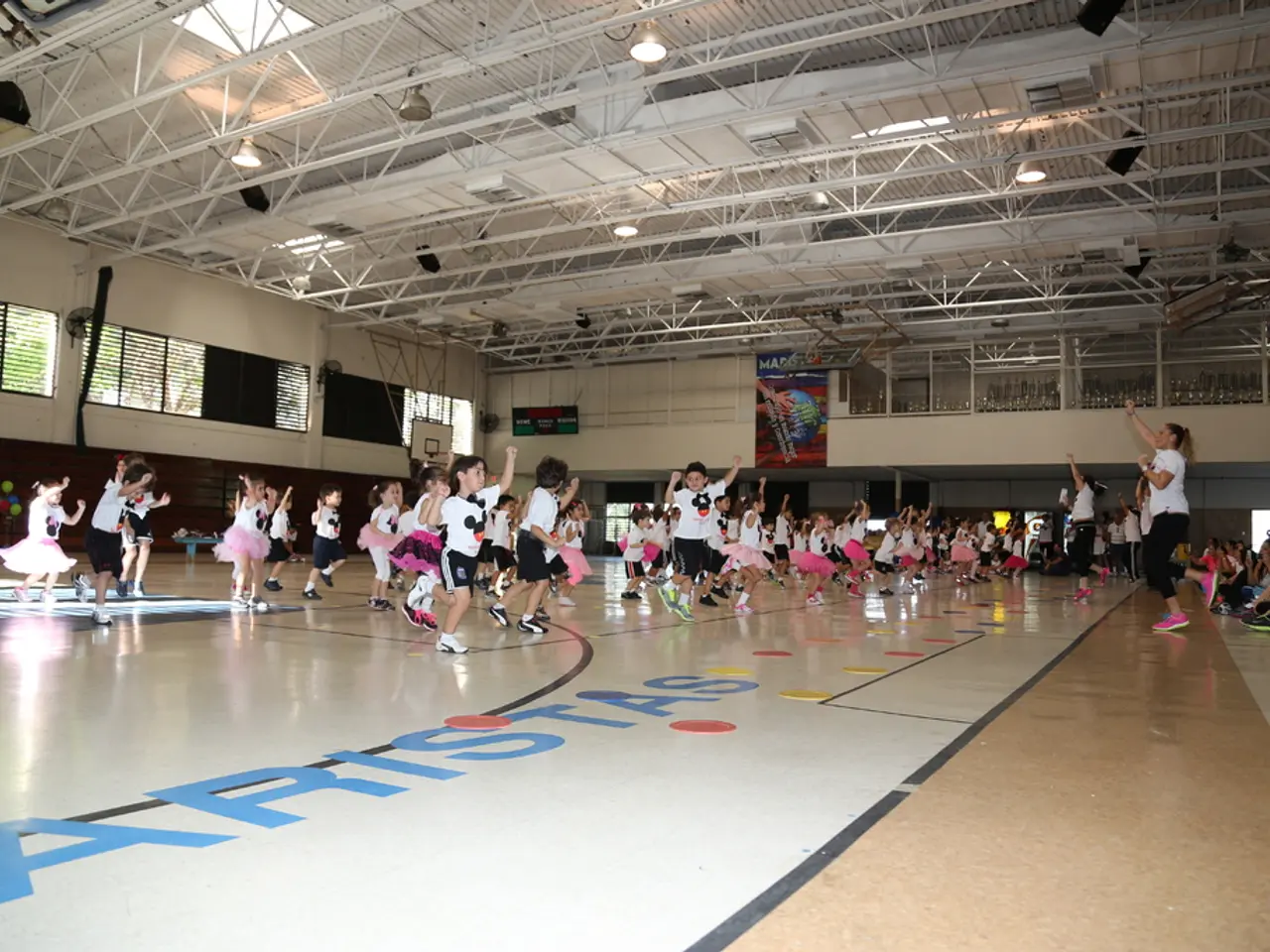Celebrating Disability Pride: Emphasis on Access and Adaptations
Disability Pride Month, a significant annual event, is currently being celebrated around the world. Originating as a cultural and political movement in 1990, it aims to challenge stigma and ableism, celebrating disability as a natural and valued part of human diversity.
The month-long observance provides a broader platform for advocacy, visibility, and education, evolving from a single day celebration to a global movement. The roots of Disability Pride Month can be traced back to the first official Disability Pride event held on July 22, 1990, in Boston, Massachusetts, just days before the signing of the landmark Americans with Disabilities Act (ADA) on July 26, 1990. This legislation, commemorated every July during Disability Pride Month, dramatically changed the legal landscape for accessibility and inclusion in the United States.
The significance of Disability Pride Month lies in its affirmation that people with disabilities have the right to be seen, valued, and included exactly as they are. It encourages confronting ongoing barriers without apology or the belief that disabled people must change to belong. The movement emphasizes respect, inclusion, and amplification of disabled voices within society.
One symbol of Disability Pride is the Disability Pride Flag, first created in 2019 by Ann Magill, a writer with cerebral palsy. The flag, now a visible emblem of pride for the community, embodies inclusivity and the motto “Nothing about us, without us” to ensure disability pride is shaped by disabled people themselves. The flag consists of six colours: red, gold, white, blue, green, and black, each representing different aspects of disability.
Disability Pride Month has a profound impact on the disability community. It raises awareness about the rights, culture, and contributions of people with disabilities, challenges ableist attitudes and systemic barriers, celebrates disability as diversity and identity, supports community building and empowerment, and keeps pressing for justice, accessibility, and intersectionality in society.
The disability community uses Disability Pride Month to come together, uplift, and amplify one another's voices. Public services, companies, and online spaces are also embracing the spirit of Disability Pride by providing assistive technology to ensure accessibility for people of all abilities. Examples of assistive technology include plastic, bendable drinking straws, closed captions, dark mode settings, and alt text on websites and social media posts.
Libraries, such as the Harris County Public Library, are also playing their part by offering resources and books about people living and thriving with disabilities. They also provide accessibility services and resources for library visitors, including adaptive equipment like vision kits, memory kits, and comfort kits.
As we celebrate Disability Pride Month, let us remember that disabled people make up 15% of the world's population, representing all ages, races, ethnicities, genders, sexual orientations, religions, and socio-economic backgrounds. The ADA ensures that disabled persons cannot be denied access to public spaces and services, and public accessibility accommodations such as sloped curbs/crosswalks, handrails/safety bars, and wheelchair-accessible facilities are codified by the law.
In conclusion, Disability Pride Month is more than just a celebration; it is a powerful movement that continues the ongoing fight for equality, representation, and societal change for people with disabilities around the world. It is a time to honour the passage of the ADA and to uplift the voices of the disability community, fostering a sense of belonging, acceptance, and confidence among disabled individuals.
- The disability community, represented by people of all ages like kids and teens, continues to push for societal change during Disability Pride Month, emphasizing mental-health and health-and-wellness as integral aspects of their lives.
- Libraries, such as the Harris County Public Library, contribute to the celebration by providing books that showcase people living and thriving with disabilities, promoting a culture of acceptance and inclusion.
- In the digital age, companies and online spaces are adopting technology like closed captions and alt text on websites and social media posts, allowing adults and kids alike to access and enjoy technology without barriers.
- As we uplift the voices of the disability community during Disability Pride Month, it's important to remember that this community is diverse, encompassing various races, ethnicities, genders, and socio-economic backgrounds.
- Public spaces, including libraries, have implemented accessibility services and resources, like vision kits, memory kits, and comfort kits, to ensure everyone, regardless of their abilities, feels welcome and included.




